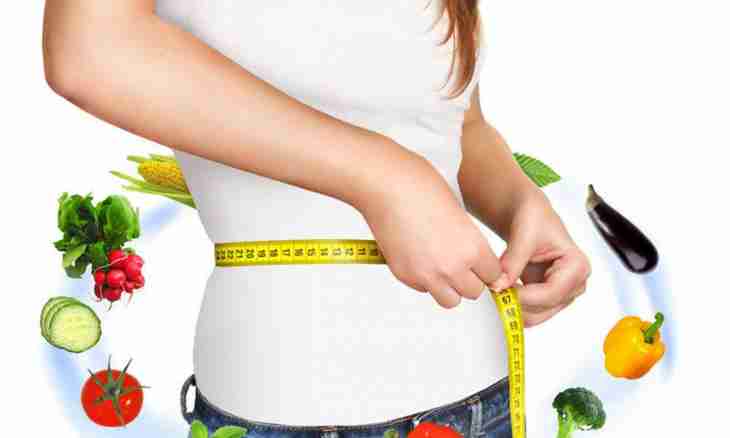All want to lose weight, support constant weight, at the same time tasty to eat, without making negative impact on an organism in general. It is possible to reach it thanks to a balanced diet - observance of the mode of meal and holding of the good balanced nutrition. What does the balanced food mean? For each person it is individual. Someone grows, someone, unfortunately, grows old or does hard manual work, and someone experiences big intellectual strain - for all these people nutritive matters in different quantities and ratios are required.
The diet for the people wishing to lead a healthy lifestyle is considered 4-5 single food. It is necessary to eat food in a small amount, small portions every 3-4 hour. At the beginning and the middle of day it is recommended to eat food containing the greatest number of nutrients (proteins, fats, carbohydrates) as it long is digested. For the people having diseases of digestive tract it is necessary to eat food of 5-6 times a day and the break between meals shouldn't be more than 2 hours. Food which didn't manage to be digested isn't recommended to eat in 2 hours prior to a dream, otherwise, will put pressure upon a stomach and further such diseases as gastritis and pancreatitis can develop. Also for dinner it is necessary to limit intake of greasy and spicy food and also the food containing a large amount of cellulose and extracts. It is necessary to remember that in day the adult needs to accept 2-2.5 l. liquids: water in pure form, the products and dishes containing water in the structure. It is necessary to distribute intake of liquid so that its most part prikhodzhitsya on the first half of day in avoidance of big load of kidneys.
The daily diet can be divided conditionally into 4 meals: breakfast, lunch, afternoon snack and dinner. The breakfast needs to pay special attention, it has to be the most nourishing and nutritive - 30%, a lunch - 40%, an afternoon snack - 10%, a dinner - 20%. At impossibility to eat more than 3 times a day the distribution of a daily diet has to look approximately so: for breakfast about 35% of caloric content of a day diet, have to fall on a lunch - 45%, for dinner - about 20%. It is better to have breakfast half an hour later after awakening if the appetite also then is absent, then it is necessary to reduce quantity of the consumed food at supper.
At four times food the load of a stomach considerably decreases, the working capacity increases, the risk of myocardial infarctions decreases. During meal it is necessary to sit exactly, not сутулясь, it is impossible to watch TV or to read the newspaper. As is well-known from a biology course, language, teeth and salivary glands participate in digestion. Food has to be chewed carefully, then is plentifully moistened with saliva in which the enzyme amylase splitting carbohydrates sodezhitsya.
Standards of physiological need for energy and feedstuffs for women and men different, for the first they fluctuate in an interval of 2000-2800 kcal/days, for the second - 2500-4200 kcal/days, depending on age and physical activity of that and others; in the table their fluctuations are noticeable below. Also it should be noted that all labor population on intensity of work is divided into 5 groups: 1 group - the workers occupied mainly with brainwork (teachers, tutors, engineering техническиеработники, medical officers, workers of literature, science, the press); The 2nd group - the workers occupied with light physical work (the physical education teacher, sellers, sewers, agronomists, livestock specialists, workers of cable and radio-electronic spheres); The 3rd group - workers of an average on weight of work (surgeons, servicemen, machine operators, mechanics, chemists, workers of food and light industry, drivers of transport, household service and public catering, railroad workers); The 4th group - the workers occupied with hard physical work (builders, agricultural workers, machine operators, workers of the gas, oil and woodworking production, metallurgists, founders), the 5th group - the workers occupied with especially hard physical work (steelmakers, mining workers, valshchik of the wood, bricklayers, concreters, navvies, loaders, miners). In the table standards of physiological requirement for people of different age groups and groups of intensity of work are provided below.
So, having used this table it is possible to pick up individually standard of daily need for calories, to conditionally divide it into the available number of meals and to choose the pleasant products. Caloric content of these products naturally has to meet standard of physiological requirement. If weight needs to be lost, then, everyone knows that it is necessary to do it gradually - 1-2 kg a week and also it is possible to reduce the number of calories by 200-400 units consumed in a day.

